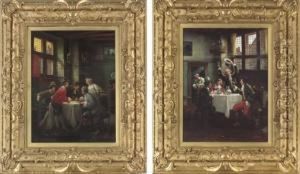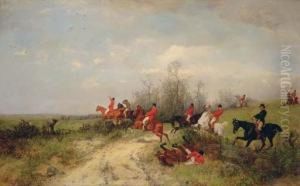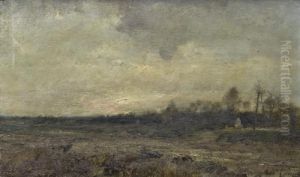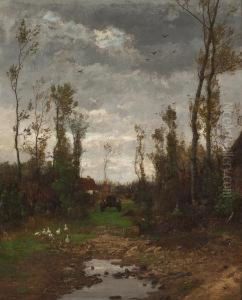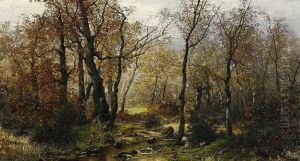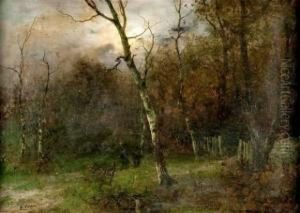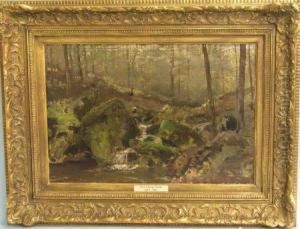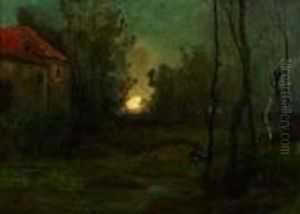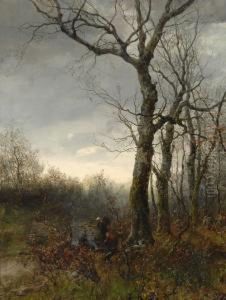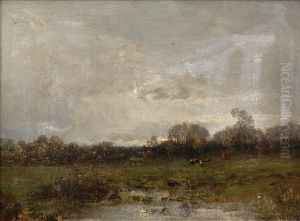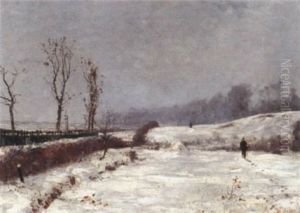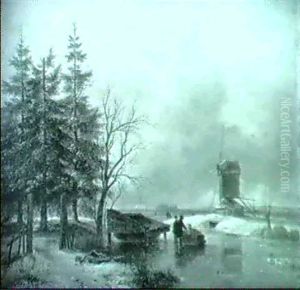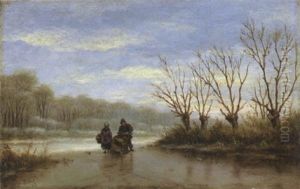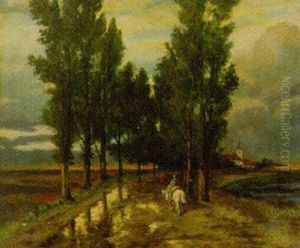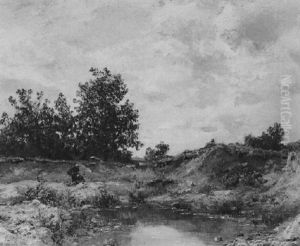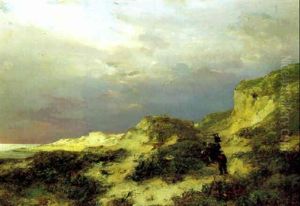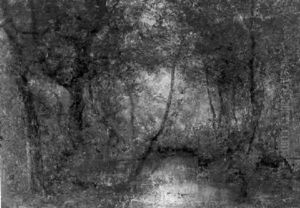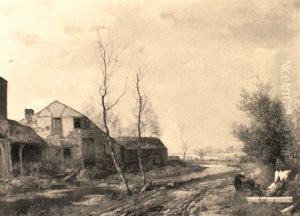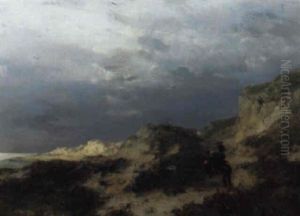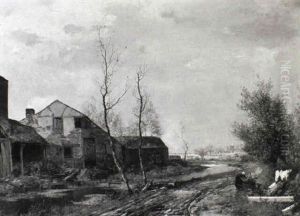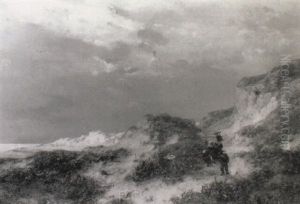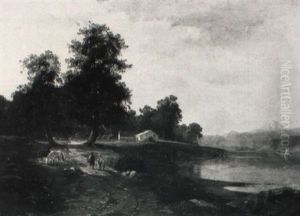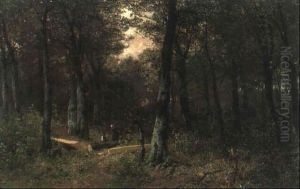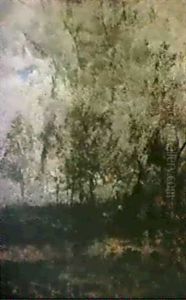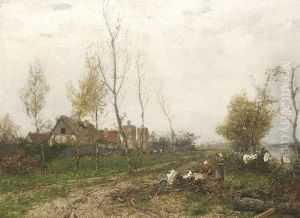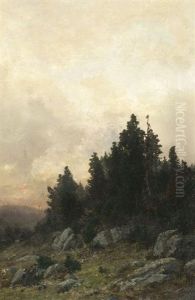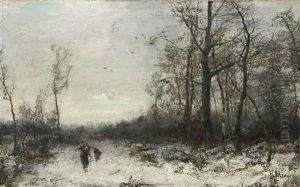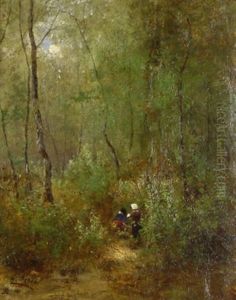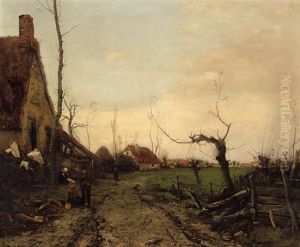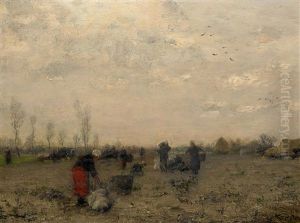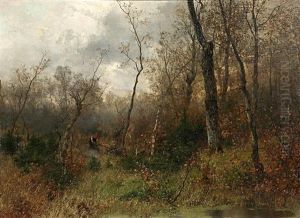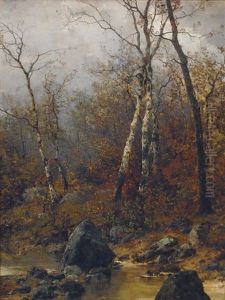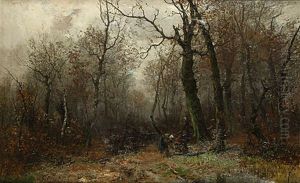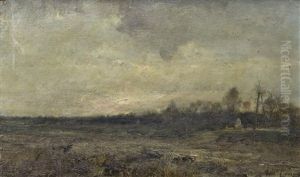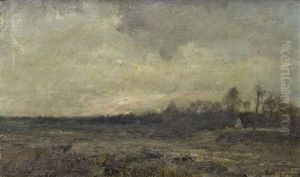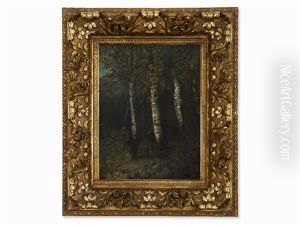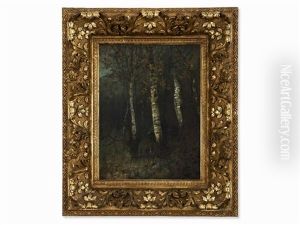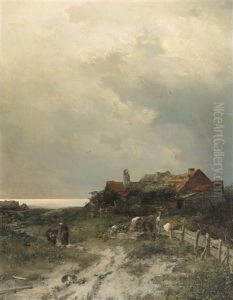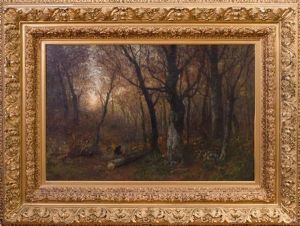Georg Oeder Paintings
Georg Oeder was a German painter and engraver born in 1694 in Ansbach, a city in the Franconian region of Bavaria. Not to be confused with Georg Christian Oeder (1728–1791), the botanist, Georg Oeder was known for his works in the early 18th century. His art was influenced by the Baroque period, which was characterized by dramatic expression, rich coloration, and a dynamic movement in the compositions.
Oeder's career unfolded during a time when art patronage was a key factor for success, with many artists working under the commission of royalty, churches, and wealthy individuals. While little is known about his personal life or training, his works suggest that he might have been influenced by other prominent artists of his time, possibly having studied their techniques or even apprenticed under a master.
Oeder's engravings and paintings often featured religious and historical subjects, which were popular themes during the Baroque era. His style, while reflective of the grandeur typical of Baroque art, also showcased his personal interpretation of the subjects he chose to depict, allowing a glimpse into his artistic perspective.
Despite his contributions to the art of his time, Georg Oeder did not achieve the same level of fame as some of his contemporaries. His death in 1760 marked the end of a career that, while it may not have left a significant mark on the history of art, nonetheless contributed to the rich tapestry of Baroque artistic expression in Germany. Today, Oeder's works are valuable to art historians and collectors for their representation of the period's aesthetic and their reflection of the cultural milieu of 18th century Germany.
